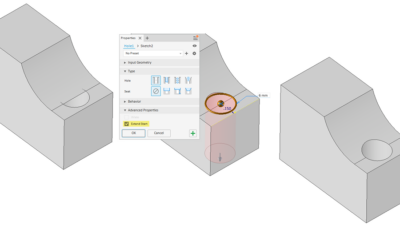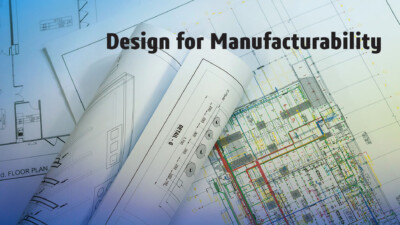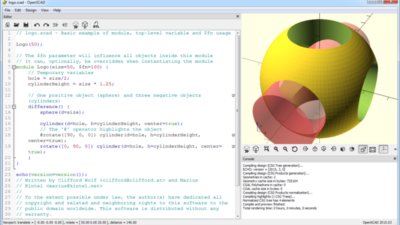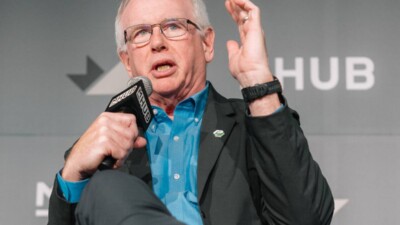Dassault Systèmes remains the one significant holdout.
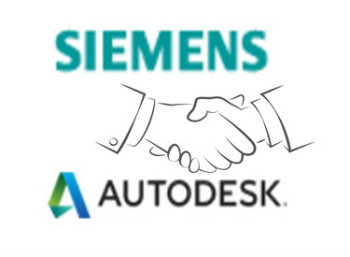
The cold war between the two world superpowers, the United States and the Soviet Union, lasted from 1945 to 1991. In July of 1991, when the Warsaw Pact was formally dissolved, the cold war ended. The Soviets had decided that their policies of mistrust were not worth the hardship and expense being inflicted on their citizenry.
Design and engineering software companies have also created their own cold war, albeit on a smaller scale. Vendors have often mistrusted the other, stuck to themselves and observed each other over walls of their own making. The inability of these companies to easily share data is the bane of an engineer’s day-to-day existence. Each application’s insistence on having its own data format has amounted to communities with their own languages. Users need translators to conduct business. It’s not easy to pass information back and forth with customers, from suppliers as well as upstream and downstream data users.
All sorts of tools and data format standards have sprung up, but none are universally accepted and none quite do the trick. STEP, IGES and JT Open formats exist to try to pass data between CAD systems. There is an increasing proliferation of 3D printing formats. And what is there to transfer data in and out of product lifecycle management (PLM) systems?
A collective howl from engineers gets louder and louder. Why can’t software vendors just figure it out?
Two companies seem to have heard and answered.
Siemens PLM Software, which is best known for NX and Teamcenter, and Autodesk have recently declared that they will be cooperating to address the issue of the lack of interoperability—at least as it relates to their own products.
In today’s announcement, Autodesk and Siemens declared a strategic agreement that will allow their CAD and PLM solutions to work together toward sharing data. They’ve targeted over a dozen of their software titles (not yet disclosed) that will “soon” seamlessly transfer data or be able to share it.
Autodesk Joins the Interoperability Charge
The Autodesk-Siemens announcement follows similar arrangements with Autodesk and other big CAD companies. An Autodesk-PTC interoperability agreement was announced in 2007. The Autodesk-Bentley interoperability announcement came the following year. Siemens had already been proponents of interoperability, having forged agreements with PTC (while the company was called EDS, in 2002), an earlier with Autodesk in 2005 that united JT and DWF and with Bentley in 2012.
What Does This Mean?
A pact at a high level between companies means that their people can now work in a cooperative spirit with their counterparts. Software toolkits will be shared among development teams. Companies will be able to buy each other’s software with the intent of making them work together.
Contrast this to software companies sneaking around, acquiring their rival’s software under the cover of night and assumed names. The dreaded end-user license agreement (EULA) comes with enough barriers to prevent the use of software for nefarious purpose—such as communicating with the enemy.
Now, with the threat of retribution lifted, as well as with the top-level directive to play nice with each other, the parties in these interoperability agreements are now free to serve up each other’s data formats.
What’s in It for Them?
Representatives of both Autodesk and Siemens were in lockstep in declaring that, not only is interoperability a customer demand, but also a way for software vendors to preserve their existing customer base. In other words, a user of one software application no longer has to jump ship just to consume data created from another source. Users can keep using the same software. They can just read in the files they need.
What About Converters?
The towers of Babel that have formed around proprietary data formats have created an industry in conversion and translation. Not only do engineering software companies sneak around reverse engineering solutions, but so do independent companies and consultants—and consortiums. The Open Design Alliance (ODA) was created to crack open and share AutoCAD’s DWG format. It was initially called the Open DWG Alliance.
While reverse engineering a data format is not impossible, it’s a trial-and-error process that takes a lot of time. If development teams share data formats and specifications, applications will be able to share data easily and quickly. No more software updates that change data formats resulting in a 6- to 12-month wait before the converters are updated.
Dassault Systèmes the Last Holdout?
Now that Autodesk has interoperability agreements with PTC, Bentley and Siemens, can we expect the next one to be with Dassault Systèmes?
Don’t hold your breath. Dassault Systèmes doesn’t even like it when their own products share data. Dassault Systèmes has been the French family with a natural child (CATIA) that adopted an American child (SOLIDWORKS) and forbade the two to talk.
CATIA and SOLIDWORKS do not share the same database, nor does Dassault offer help in moving models from CATIA to SOLIDWORKS. While the common belief is that Dassault is trying to prevent a migration from lucrative CATIA subscriptions, Dassault has chosen to stay mum on the subject.
Users can only hope that interoperability agreements being signed by the industry at large will apply pressure on recalcitrant vendors to work in a more cooperative manner.
Maybe if all the superpowers agreed to cooperate, there would be less aggrieved citizenry. It has happened before.
